The role of trains in cinema has been one of the most interesting and versatile throughout history. Since its beginnings, the train has been a symbol of mobility used as the main setting for a variety of film scenes, from comedies to dramas to action films.
The role of this mode of transport in cinema is also a reflection of the social and economic reality of an era, a country or a group of people. For example, in many films from the 1930s, trains are used to show the life of low-income society and reflect their struggle to survive; in others, especially in the early decades of the 20th century, they are used as a means of transport for people from higher social classes and reflect the luxury of the time.
The train as a mode of transport began as a very simple mechanism with two equidistant rails on which carriages were pulled by animals or people. It was at the beginning of the 19th century when the first steam locomotive appeared, which would remain as the image of the railway until the middle of the 20th century, when the electrification of this means of transport began.
Two centuries after the birth of the steam locomotive, its image remains as the hallmark of the railway and, in part, it is thanks to the importance of this means of transport on the big screen, offering today’s society the reality of the past.
The first railway film was made in 1896, in the short film L’arrivée d’un train à la Ciotat by the Lumière Brothers. This scene, which lasted barely a minute, caused a great stir among spectators as it was the first time that a moving image was seen on a screen, creating a sensation of closeness to the spectator.
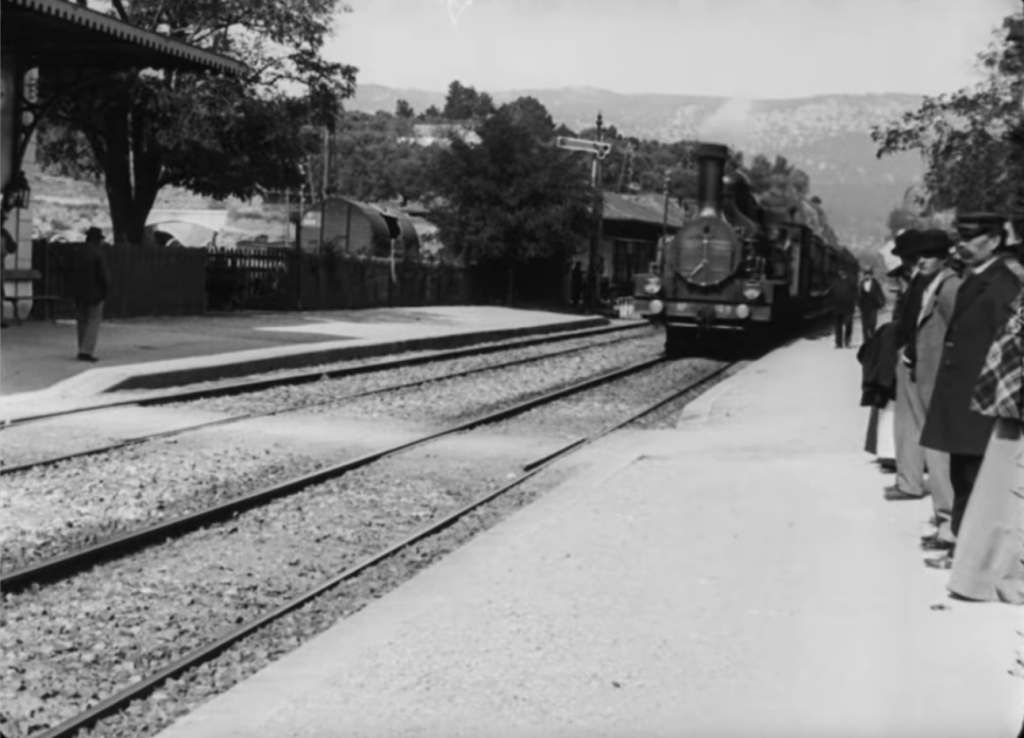
Since then, the railway has been a constant presence in cinema, but does this image reflect the reality of the time?
If we go back to 1923, Our Hospitality, a film set in the 1830s, recreates the means of transport in the first half of the 19th century, which mainly used the Rocket locomotive, characterised by having the chimney at the front and being small in size, favouring the lightness of the vehicle. In this year, the railway is seen as a means of transport used by the upper class that is far from the current concept of this means of transport, especially highlighting the lack of safety, the low speed of the service and the shortcomings of the infrastructure on which it circulates.
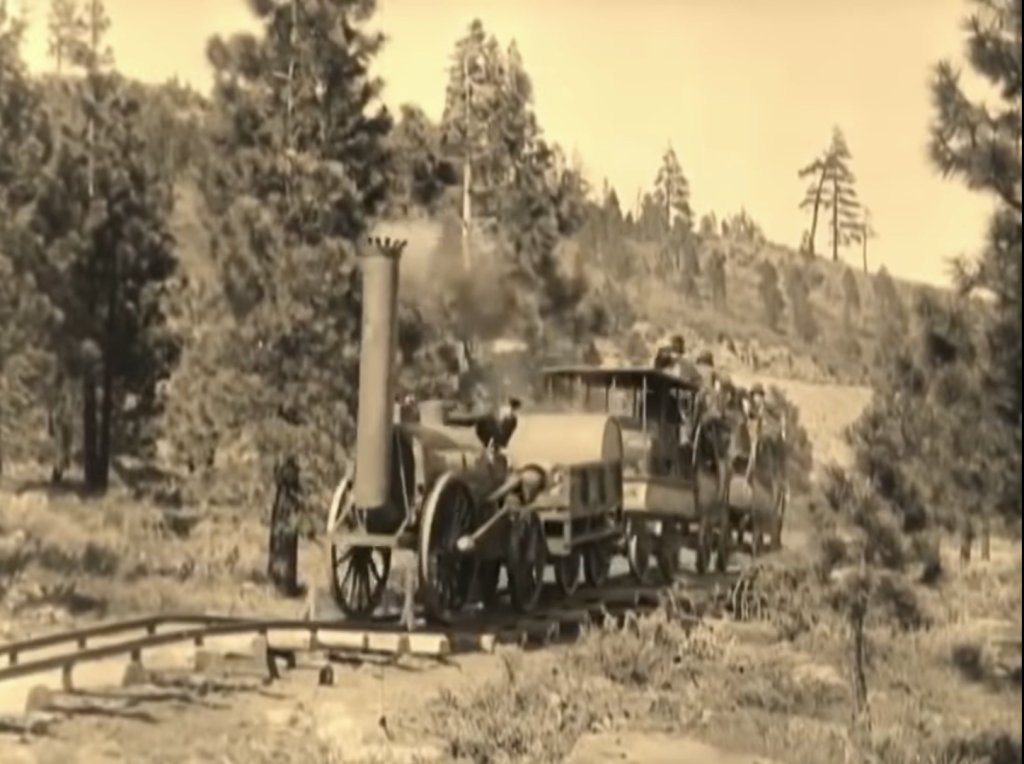
If we go back to 1926, The General recreates The great locomotive chase, a military operation carried out in Georgia in 1862 in which a group of army volunteers took over a train heading north, causing damage to one of the most important railway lines in the country. At that time, restaurant cars had not yet been invented and the speed of service was very slow, so this film shows how rail journeys included stops to eat and rest. Moreover, it also shows how the locomotives of that time needed to stop at the so-called ‘water stops’ to refuel and refill water, taking advantage of these moments to make stops for passengers as well.

Later, The Flying Scotsman (1929) was released, which, like many other films of the time, also characterises the railway system by depicting, in a small scene, the manual switch change, made up of a system of rods and levers.
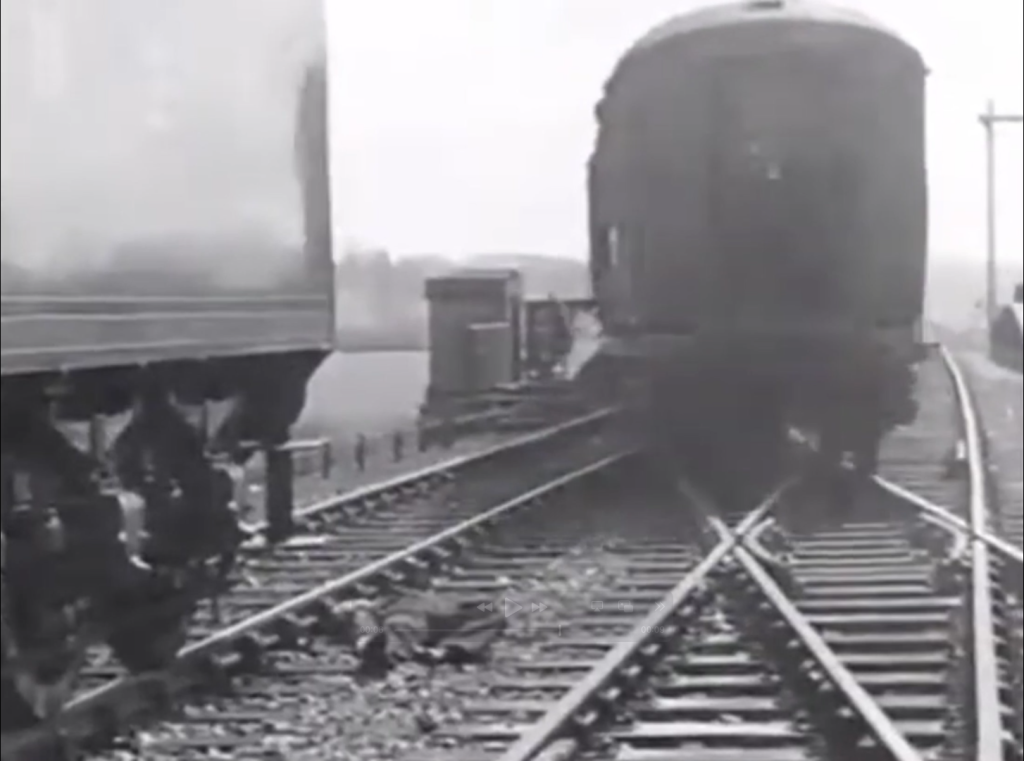
The common factor up to then is that train transport is not seen as a form of leisure or tourism, but rather as a mode of transport intended especially for commercial purposes and, in some cases, also for military purposes.
Later on, longer and longer journeys become meaningful, and this is reflected in the cinema as many films are inspired by it to develop the main plot. This type of train is used as the main setting for a drama, comedy or romance, although it is rarely shown as a sleeping place. In addition, this type of train is reflected as a mode used by the middle and upper class, which is not accessible to the whole population.
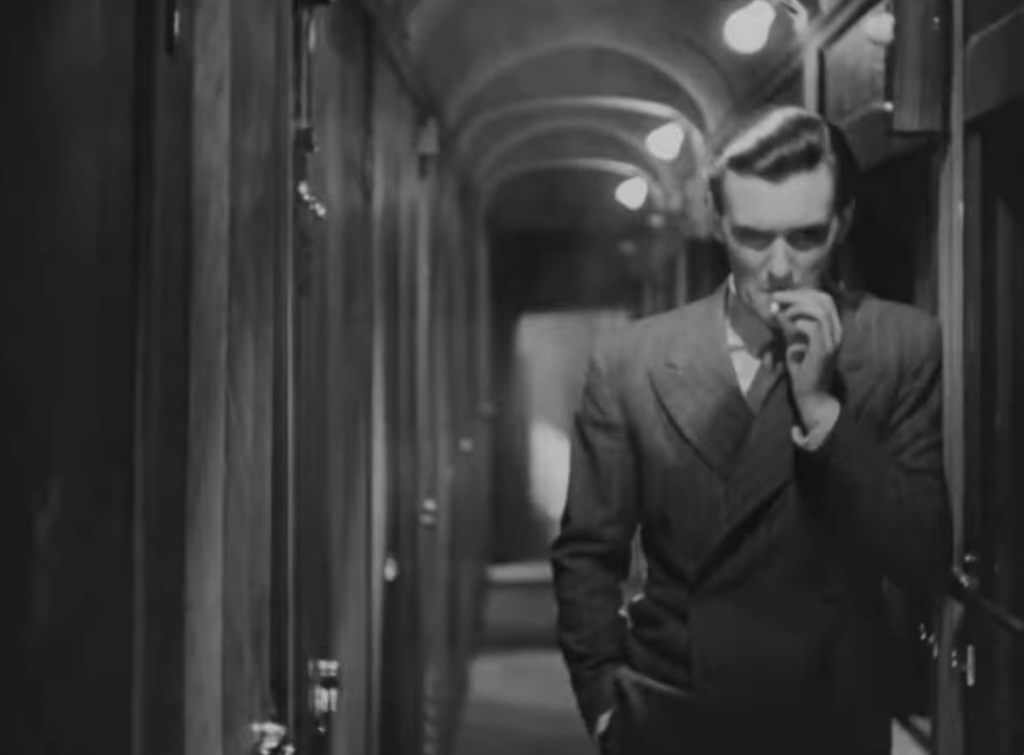
The transition of the social class that could afford to travel by train occurred gradually in the 20th century, as trains became more accessible and affordable to a greater number of people.
This use of the railway as a means of transport for a lower social class is reflected in cinema from the 1930s onwards, after the 1929 crisis or the Great Depression. The film Wild Boys of the Road (1933) is set in this period, reflecting the ambition of a group of poverty-stricken young people who seek new opportunities by travelling on this type of transport.
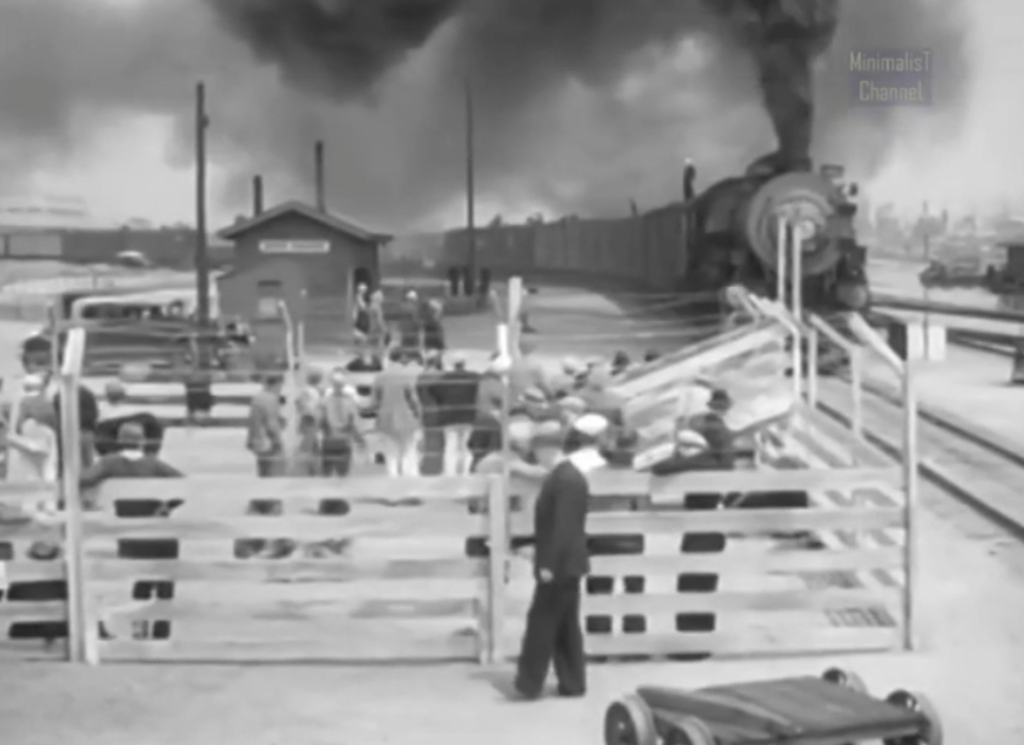
Until then, all films reflected the train as a symbol of advancement and progress, and rail travel was shown as a symbol of freedom and modernity, until the 1940s when the impact of the Second World War began to be reflected in film and, regardless of the film’s setting, the train became part of the conflicts. Many of the films of this period already show the electrification of the train, such as La bataille du rail (1946), which tells the story of a group of soldiers fighting during the Second World War trying to liberate war material in a railway station in France.

The railway has also been a symbol in many of the most famous sagas of the 21st century. In Harry Potter, the Hogwarts Express not only acts as a means of transport, but also as a place of refuge for the characters. In the Divergent saga, the train is the place where the characters form important relationships that play a key role in the development of the plot, being the place where people connect.
It has also been present in children’s films, and in 1929 Walt Disney made the train the protagonist in the animated short Mickey’s Choo Choo, which reflects Mickey’s problems as a train driver.
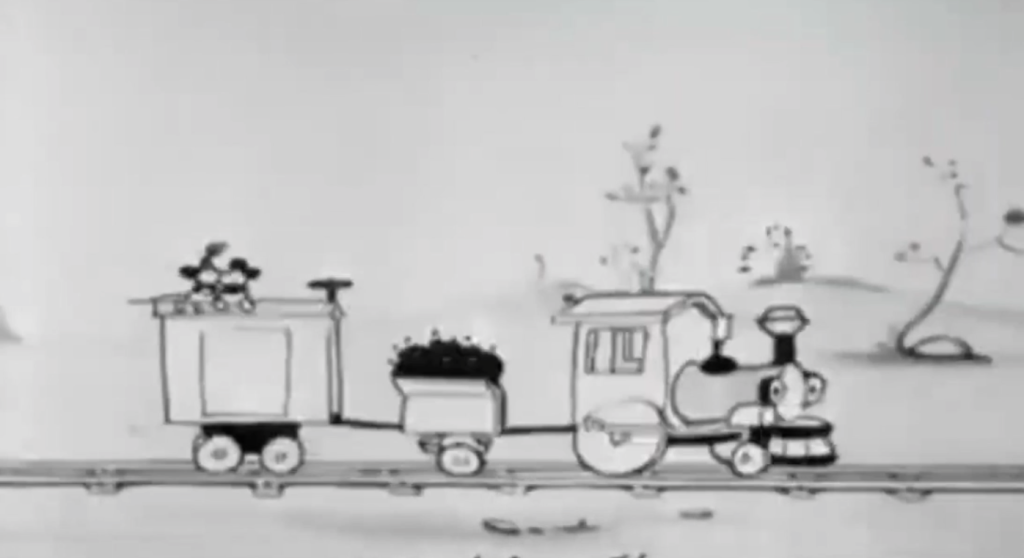
The railway has also been a symbol in many of the most famous sagas of the 21st century. In Harry Potter, the Hogwarts Express not only acts as a means of transport, but also as a place of refuge for the characters. In the Divergent saga, the train is the place where the characters form important relationships that play a key role in the development of the plot, being the place where people connect.
It has also been present in children’s films, and in 1929 Walt Disney made the train the protagonist in the animated short Mickey’s Choo Choo, which reflects Mickey’s problems as a train driver.

The importance of the railway in cinema is unquestionable and it has been a mode of transport present since the first public representation of the cinematograph. The train has always been shown on screen as a symbol of progress and development, and as a key element for economic growth in any society. Therefore, although at some points in history it has had negative roles, it has always been seen as a symbol of growth, above any other mode of transport.
Irene Mendez – Transport Planner at Vectio
References:
Benigni, R. (Director) (1997). La vita è bella [Film]. Elda Ferri
Crément, R. (Director) (1946). La bataille du rail [Film]. Pierre Lévy-Corti
Forde, W. (1932). Rome Express [Film]. Gaumont British
Iwerks. U. (Director) (1921). Mickey’s Choo Choo [Animated short film]. Walt Disney.
Keaton, B.; Blystone, J. G. (Director). (1923). Our Hospitality [Film]. Joseph M. Shenck
Keaton, B.; Bruckman, C. (Director) (1926). The General [Film]. Joseph M. Shenck
Knight, C. (Director) (1929). The Flying Scotsman [Film]. British International Pictures
Loiperdinger, M., & Elzer, B. (2004). Lumiere’s Arrival of the Train: Cinema’s Founding Myth. The Moving Image 4(1), 89-118.
Lumière, A.; Lumière, L. (Directors) (1896). L’arrivée d’un train à la Ciotat [Short film]. Lumière Brothers.
Wellman, W. A. (Director) (1933). Wild Boys of the Road [Film]. Robert Presnell

